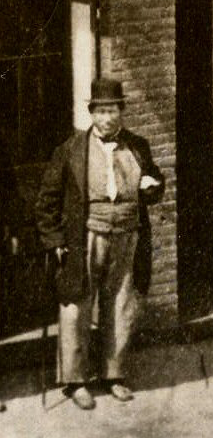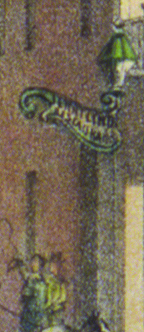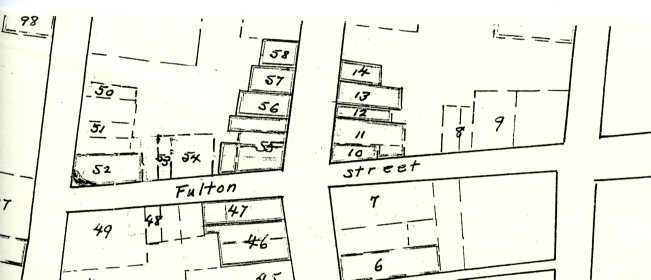WILLIAM (BILLY) O'HARA
Information on a merchant

Even though this image looks like a blackman with a figure of a cook,
I wonder if it is William, as the image was made in c1867.










This page is created for the benefit of the public by
Floyd D. P. Øydegaard
